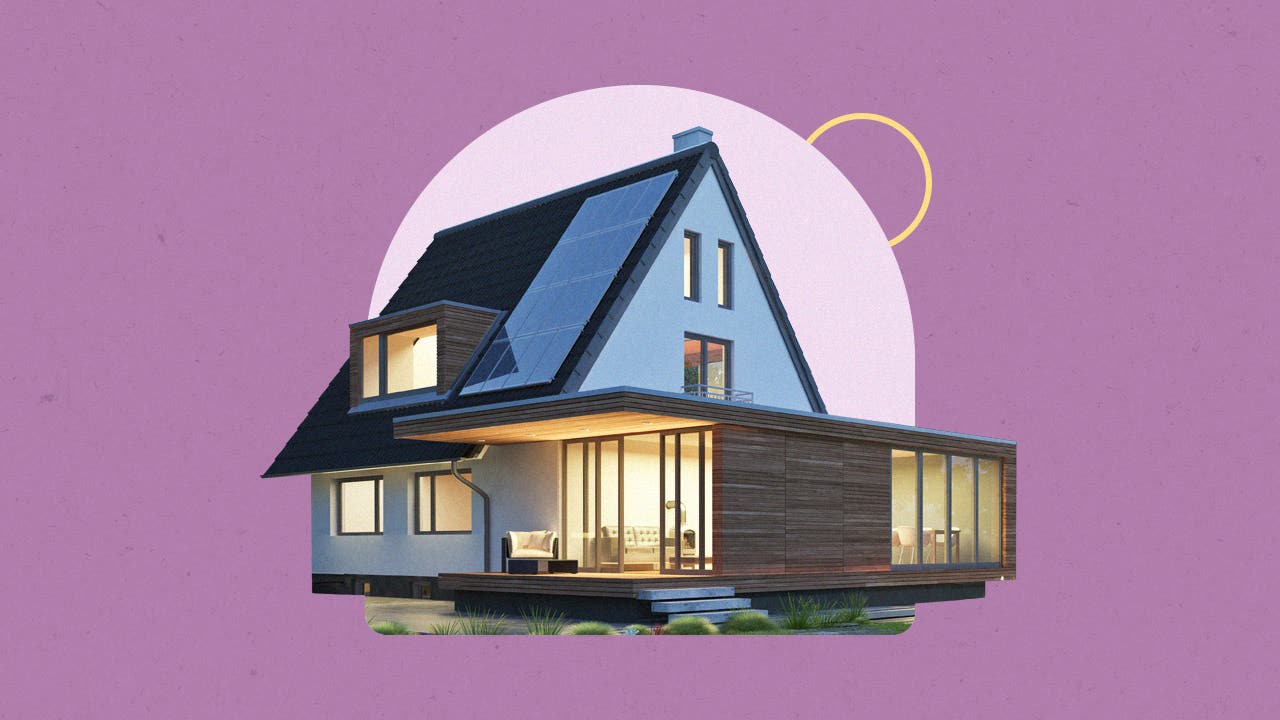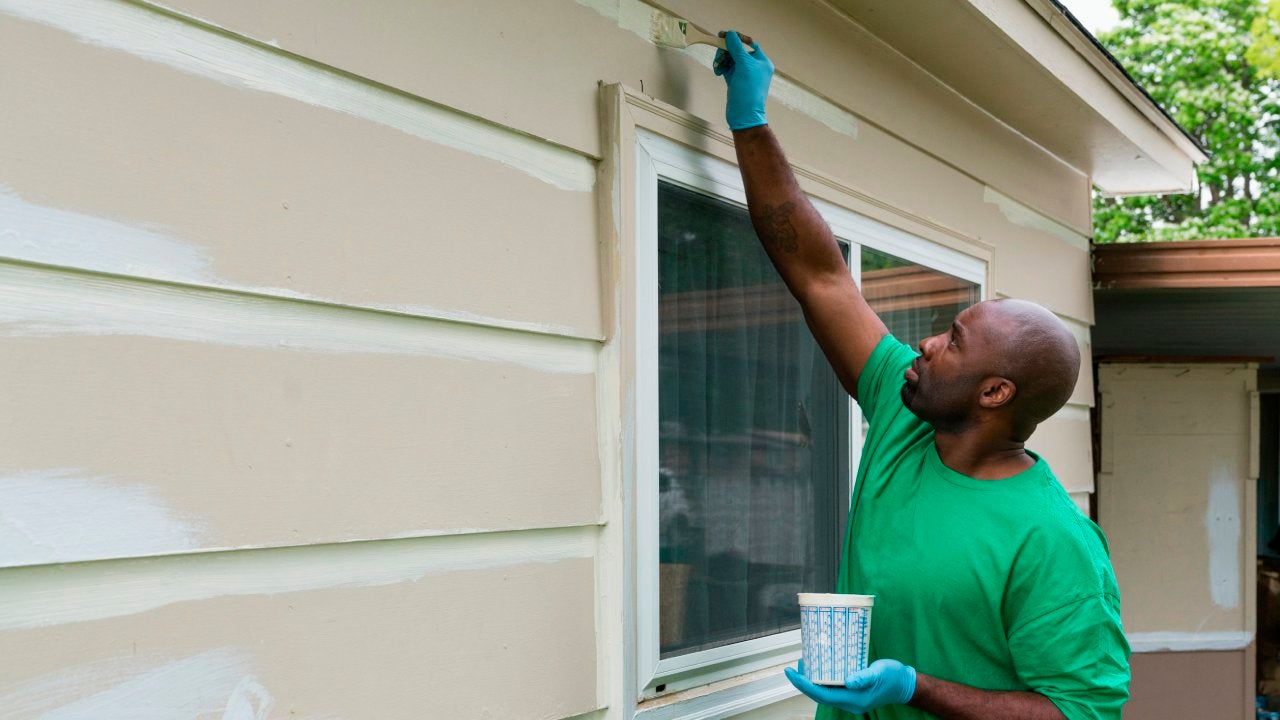How much does a home addition cost? 2025 estimates

Key takeaways
- Home additions are time intensive and pricey, easily hitting six figures.
- Zoning and local regulations will impact the scope of your project.
- Quotes from multiple contractors are a must to determine the full cost.
- Home equity loans and lines of credit are the most common way to finance a home addition.
Need more space at your house? A home addition could be the solution. It’s a strategy many homeowners use to make their current space work in a new way. Given the housing shortage and skyrocketing property prices, adding rooms to residences may make better sense than moving. That’s true even though they are some of the most expensive and time-consuming home remodels.
The cost of a home addition typically ranges from $22,500 to $80,100, according to HomeAdvisor. But really, you can expect to spend anywhere from $5,000 to $150,000 depending on the type and size of the addition, the materials used, labor and your location.
How much do home additions cost?
Since a home addition can mean anything from a single small room to an entire story or wing, generalizing about cost is tough.
The addition’s size and nature are the two key factors. Building materials, current layout and zoning requirements will also influence costs. Homeowners with two similar properties undergoing the same additions can end up with significantly different tabs.
Online calculators can offer a rough idea of what you’re in for. However, you will need a professional builder’s estimate to get a true idea of the cost. Keep in mind that unforeseen expenses may pop up. Budgeting about 20 percent extra to pay for the home addition is a good idea.
What affects the cost of home additions?
The size and extent of the house addition
Home additions are typically priced per square foot. However, while size does matter, calculating the price by square foot alone will likely result in an inaccurate estimate.
The type of room and the total size of the addition can mean vastly different costs by foot. Basic additions — that is, closets or bare-bones rooms with rudimentary electrical wiring — generally cost the least because they are easier and quicker to complete. Once plumbing gets involved, the cost begins to climb. And it continues to do so with each additional detail, like windows, doors and walls.
For example, a bedroom could cost anywhere between $80 and $160 per square foot, while a bathroom could cost anywhere from $70 to $250 per square foot, according to Angi.
The house addition’s location
Indoor and outdoor obstacles need to be removed or relocated to make room for an addition, which in turn drives up the project cost. Where do you plan to build your home addition, and what’s there right now? Think about landscaping, HVAC systems, electrical wiring and even hidden features like underground pipes.
The house addition’s building materials
If you want the new parts of their homes to match the existing residence, it means paying whatever materials were originally used to build your house.
That might mean using wood siding, triple the cost of vinyl siding. You will also likely need to extend the roof to cover the addition, and this, too, should match the original.
| Material | Average price |
|---|---|
| Paint | $100-$530 |
| Roofing | $120-$400 per roofing square |
| Siding and trim | $1-$30 per square foot |
| Drywall | $1.50 per square foot |
| Framing | $5 per standard 4×4 |
| Insulation | $0.20-$2,00 per square foot |
Labor costs for the house addition
From architects and engineers to painters and roofers, quite a few trades are involved in home additions.
The more skilled or specialized the subcontractor, the more expensive their services will be. Contractor labor costs make up about 30 to 50 percent of a total budget, according to Angi. Make sure to get quotes from at least five different general contractors before you make up your mind.
| Labor type | Average cost |
|---|---|
| General contractor | 10%-20% of the total project cost |
| Architect | 5%-20% of total project cost |
| Plumber | $50-$200 per hour |
| Electrician | $50-$100 per hour |
| HVAC expert | $50-$100 per hour |
|
Painter |
$20-$50 per hour |
Local code and zoning laws
Every municipality has different zoning laws for home additions, and your home addition cost could go up if you need to obtain permits and meet certain compliance standards. Water drainage, septic systems and electrical wiring are just a few examples of components that could be regulated. A qualified local builder will be able to inform you about the requirements in your area.
Additional house addition costs
Different types of home additions may have added costs. Consider the cost differences of adding a second story (building up) versus adding more square footage on the ground floor (building out).
Depending on your property and zoning, you may find one of these options comes with a much higher price tag. Building up may require spending money to reinforce your foundation in some areas. Conversely, building out means taking on the extra cost of creating a whole new foundation.
Your home addition may also require some site preparation. Average costs for home addition site prep range from $1,500 to $5,000, according to Angi. These costs could be as high as $10,000 if you are adding on another floor.
Home addition costs by room type
Another way to calculate costs of a home addition is by the type of room.
| Room type | Average cost |
|---|---|
| Home office | $5,000-plus |
| Primary bedroom (includes bathroom) | $1,500-$15,000 |
| Bedroom | $8,600-$21,600 |
| Bathroom | $6,200-$15,500 |
| Kitchen | $22,500-$67,500 |
| Second story | $100,000-$250,000 |
Tips for saving on home addition costs
If you’re worried about how much house additions cost, there are plenty of tricks you can use to bring the final price of a new room down.
- Convert or extend an existing space. A pop-out requires much less labor than an entirely new room.
- Take advantage of tax refunds and rebates. There are many federal, state and local ways to write off taxes on energy-efficient construction and appliances.
- Use less-expensive materials. Many synthetics or prefabricated materials are convincing substitutions for “the real thing” — at a fraction of the cost.
- Identify DIY projects. You may be able to save money by doing jobs or adding finishing touches on your own.
How to finance the cost of your home addition
Given the expense, you might need to borrow to pay for your project without emptying your savings.
Home improvement personal loan
Home improvement loans, which are a type of personal loan, work like any standard loan. You borrow a lump sum and then make monthly payments for the duration of the loan term.
These loans are unsecured. So, home improvement loan amounts vary depending on the lender and your creditworthiness. They are typically capped at $100,000, which may not fully cover the cost of a major improvement.
Home equity loan
A home equity loan is a second mortgage. You borrow money using your house as collateral. Home equity loans have fixed interest rates and a set repayment period, similar to a home improvement loan.
If you itemize your taxes, the interest you pay may also be tax-deductible. If you have significant equity in your home, you may be able to borrow far more than you could with a personal loan. But the risk with any loan secured by your home equity is significant: If you default on the loan, you could lose your house.
Home equity line of credit
Like a home equity loan, a home equity line of credit (HELOC) is secured by your house. But instead of receiving a lump sum, a HELOC acts like a credit card. You can borrow against it, repay the loan and then borrow again up to a certain limit. They have variable interest rates and a set time frame for borrowing money, usually up to 10 years.
HELOCs are much more flexible than receiving a lump sum. They’re useful for covering varying costs during your addition.
Bottom line
If you love the location of your house but wish you had more space — or different sorts of space — a home addition may be a great option. Before you commit to one, determine the scope of your project. Then find the right contractor and shop around for the best home improvement loans.
Home additions don’t come cheap. The most elaborate, multi-room projects can easily exceed $100,000. Still, they’re a lot less expensive and less hassle than buying and moving to another place. And when done right, a home addition can make a house feel brand new.
You may also like

Which home improvements add the most value?

How much does a home appraisal cost?

How much does it cost to sell a house?



